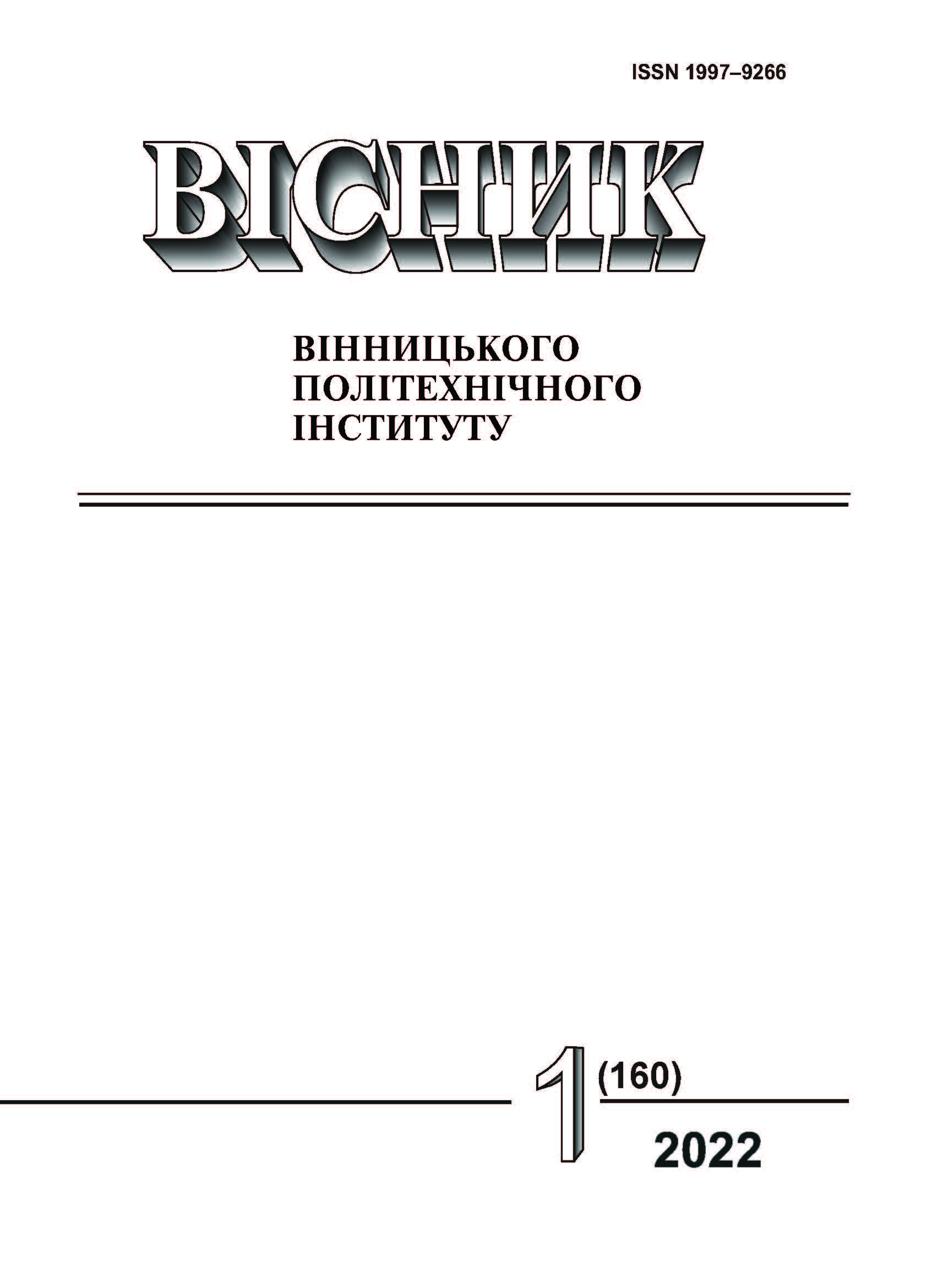Stability of Voltage Vector Control Systems Based on Induction Generators
DOI:
https://doi.org/10.31649/1997-9266-2022-160-1-44-49Keywords:
vector control, induction generator, regulator, stabilityAbstract
The paper presents an analysis of the stability properties of typical structures of induction generators-based vector control systems with linear proportional-integral currents and DC-link voltage controllers. The study is based on the mathematical model of an induction machine taking into account the magnetization curve. It provides the modification of the typical voltage-flux vector control algorithm by considering the saturation of the magnetic system. The stability proof problem of an induction generator-based generation system is that its model is nonlinear and nonminimal-phase, and that the dynamics of the DC-link voltage is nonlinear even for a constant flux linkage and speed due to the presence of nonlinear components which are proportional to active losses. The conditions which provide consideration of the reduced-order system dynamics are formulated and properties of local asymptotic stability of the generation system with typical vector control algorithms are proven based on the singular perturbation theory. It is shown that the local asymptotic stability is ensured when the regulation processes of the DC-link voltage and the torque-forming stator current component are decoupled, which is achieved due to the proposed special adjustment of the voltage and current controllers. A modified vector control algorithm of induction generator is studied in simulation and experimentally. At the first stage, the system dynamics is investigated when the flux subsystem is in equilibrium point. As a result, the possibility of the reduced-order system consideration for the design and analysis of the voltage regulation subsystem was confirmed. At the second stage, the dynamic behavior of the voltage control loop for different settings of the controllers was experimentally investigated. It is shown that the configuration of the voltage control algorithm proposed in the work provides the timescale separation of the current and DC-link voltage regulation processes, as well as their quasi-decoupling.
References
S. Peresada, S. Kovbasa, Korol S., and N. Zhelinskyi, “Feedback linearizing field-oriented control of induction generator: theory and experiments,” Технічна електродинаміка, № 2, c. 48-56, 2017. https://doi.org/10.15407/techned2017.02.048 .
R. Leidhold, G. Garcia, and M. I Valla, “Field-oriented controlled induction generator with loss minimization,” IEEE Transactions on Industrial Electronics, vol. 49, no. 1, pp. 147-156, 2002. https://doi.org/10.1109/41.982258 .
S. Peresada, M. Zhelinskyi, S. Kovbasa, and S. Korol, “Indirect field oriented control of the saturated induction generators with linear PI regulators,” in IEEE 6th International Conference on Energy Smart Systems (ESS), Kyiv, Ukraine, 2019, pp. 138-143. https://doi.org/10.1109/ESS.2019.8764203 .
P. V. Kokotović, H. K. Khalil, and J. O’Reilly, Singular perturbation methods in control: analysis and design. London, Orlando: Academic Press, 1986.
Downloads
-
pdf (Українська)
Downloads: 139
Published
How to Cite
Issue
Section
License

This work is licensed under a Creative Commons Attribution 4.0 International License.
Authors who publish with this journal agree to the following terms:
- Authors retain copyright and grant the journal right of first publication.
- Authors are able to enter into separate, additional contractual arrangements for the non-exclusive distribution of the journal's published version of the work (e.g., post it to an institutional repository or publish it in a book), with an acknowledgment of its initial publication in this journal.
- Authors are permitted and encouraged to post their work online (e.g., in institutional repositories or on their website) prior to and during the submission process, as it can lead to productive exchanges, as well as earlier and greater citation of published work (See The Effect of Open Access).





